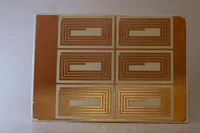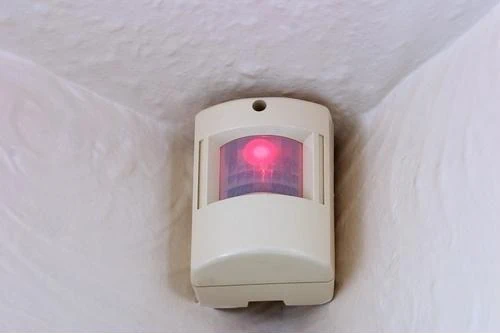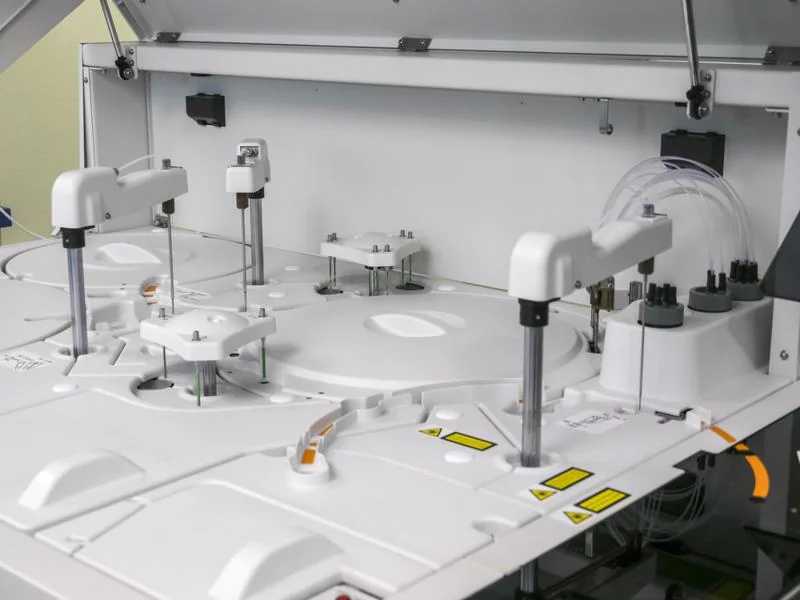What Engineers Ask Us about Photochemical Etching
Leave a CommentIt’s Always Worth A Conversation
We have lots of conversations with engineers and designers who need better solutions for challenging metal fabricating applications. To a person, they have solid working knowledge and a fair amount of experience regarding many processes, including stamping, punching, laser, plasma, waterjet and wire EDM.
Just today, we’ve been approached for:
- a semiconductor packaging application by an engineer whose laser-cut parts are “oil-canning”;
- another engineer whose application is for a large-format laser printer component in very thin metal;
- and a customer who needs about 900 .140 diameter holes cut through .035 stainless parts
In all of these cases, photo etching overcomes problems that are created by, unsolvable by, or impractical for better-known metal processes.
The End of “Oil-Canning”
In the case of the oil-canned parts, the laser is inducing thermal stresses and heat affected zones that are locally altering characteristics of the material. In chemical etching, the highest temperature in the process is 165 degrees F, and it is only for moments. The most sustained thermal exposure is about 135 degrees F for 20-30 minutes. By comparison, your home dishwasher operates between 120 and 150 degrees, and I’m sure you’ve seen no ill effects on your metal cookware.
When Thin is In, PCM is the Way to Go
The laser component is a long skinny part (more than 30″) made from very thin metal (<.005″). It has, essentially, precision “timing” features that need to be accurately and consistently spaced from one end to the other. And, here’s another example where conventional processes are poorly-suited to the engineer’s performance objectives. This application can not tolerate any burrs, so any process that will pierce or shear the metal must also cause some displacement and deformation. . And the metal is so thin, it is a poor candidate for laser, the typical minimum thickness for which is about .015″. Waterjet isn’t even a play for this application.
Holey Heaven?
The stainless part is pretty basic, except for the hundreds of holes. While, punching, laser, and waterjet are possible solutions, they all suffer from the one-hole-at-a-time problem which makes the cycle time per part unaffordable, at the very least. In photo etching, we only charge you for the first hole; the rest of them–no matter how many– are free!
Photo Etching is the Solution They Never Knew They Needed
Yet, in all of these cases, chemical machining provides a complete solution that delivers accuracy, repeatability and economy, and which completely avoids the problems inherent with any other processes.
In these cases, as well, the engineers were unfamiliar with the chemical machining process and its capabilities. After our conversations, which mostly addressed their immediate “pain points,” there is still a considerable need for more detailed information about how the etching process works; which metal alloys are suitable (lots and lots of them); what the design rules are; and how to design for manufacturability and economy.
Call Me. I Like Talking About This Kind of Stuff
Actually, I would like to have a dozen conversations like these every day. It’s pretty fun to take a problem that seems intractable and be able to present a simple and effective solution. It’s almost like I can feel their shoulders un-hunch through the phone. And, certainly my professional mission in life is to educate as many as possible about the photochemical etching process.
Are you ready to see what photo etching can do for you?







